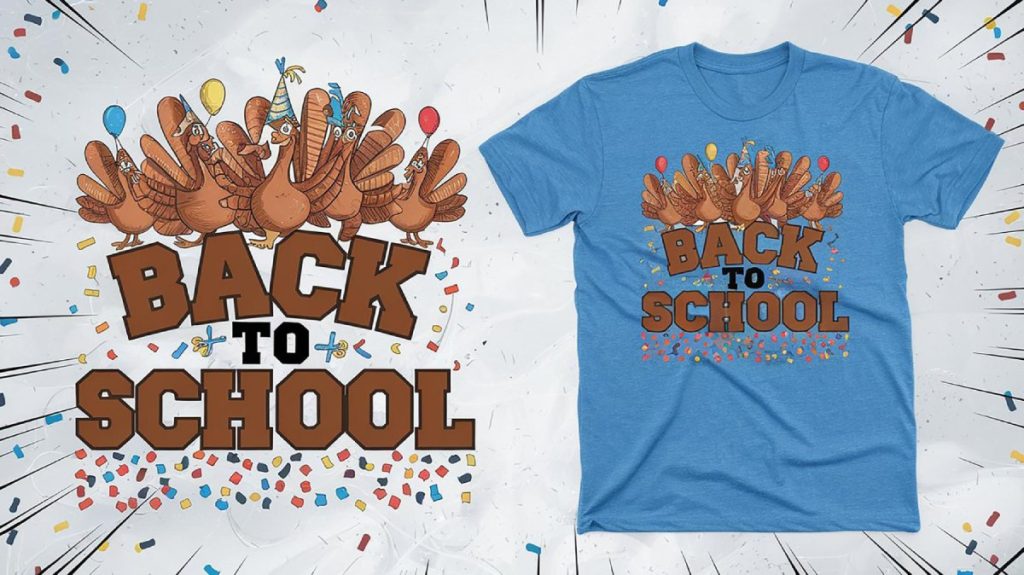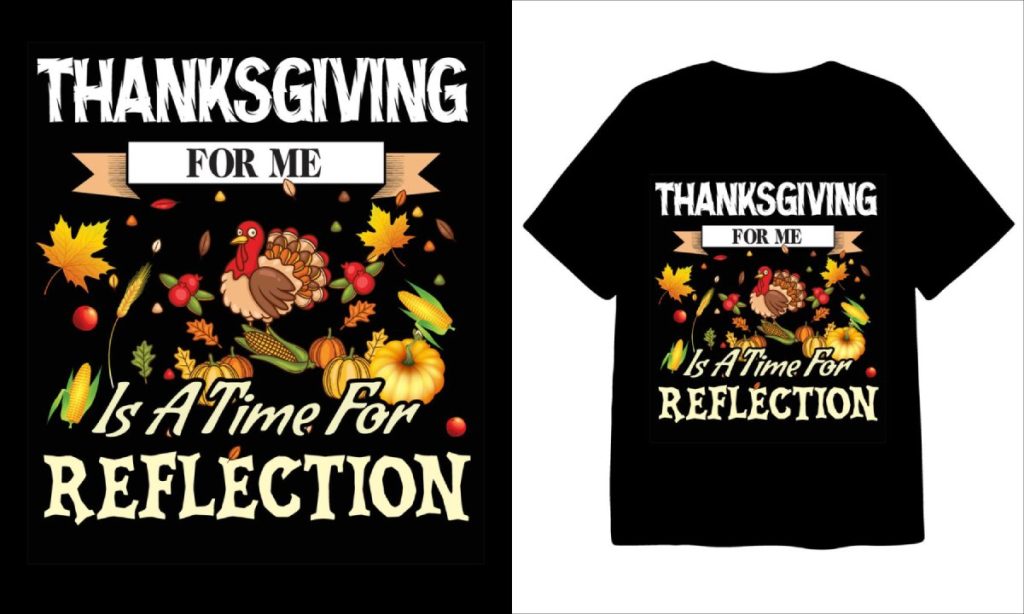When it comes to customizing apparel, two popular methods often come into play: school transfers and screen printing. Each technique has its unique advantages and drawbacks, making the decision of which is better a nuanced one. In this article, we will delve into the intricacies of school transfers versus screen printing, helping you understand the key differences and guiding you toward the best choice for your specific needs.
As we explore the topic of School Transfers Vs. Screen Printing: Which Is Better?, you will learn about the processes involved in each method, including the materials used and the durability of the final product. We will also discuss the cost-effectiveness of both techniques, providing insights into which option may be more budget-friendly for your project. Additionally, we will highlight the creative possibilities each method offers, ensuring you can make an informed decision that aligns with your vision.
Whether you are a business owner looking to promote your brand, a school planning a sports team uniform, or an individual wanting to create custom apparel, understanding the strengths and weaknesses of school transfers and screen printing is essential. Stay with us as we break down these two popular methods, equipping you with the knowledge to choose the best option for your next project. Read on to discover which method reigns supreme!
When it comes to customizing apparel, two popular methods often come into play: school transfers and screen printing. Each method has its own set of advantages and disadvantages, making it essential to understand their differences to choose the best option for your needs.
Advantages of School Transfers
School transfers, also known as heat transfers, offer several benefits that make them an attractive option for customizing clothing. One of the primary advantages is the ease of application. Transfers can be applied quickly and require minimal equipment, making them ideal for small-scale projects or one-off designs. This method is particularly popular among schools and sports teams that need to create custom uniforms or merchandise on a budget.
Another significant advantage of school transfers is the ability to produce vibrant, full-color designs. Unlike screen printing, which can be limited by the number of colors used, transfers allow for intricate designs and photographic images to be printed with high fidelity. This flexibility makes them suitable for a wide range of applications, from promotional items to personalized gifts.
Disadvantages of School Transfers
Despite their advantages, school transfers also come with some drawbacks. One of the main concerns is durability. Transfers may not withstand repeated washings as well as screen-printed designs, leading to fading or peeling over time. This can be particularly problematic for items that are frequently worn or washed, such as sports jerseys.
Additionally, the texture of the transfer can be noticeable on the fabric, which some users may find unappealing. The feel of the transfer can differ from the fabric itself, potentially affecting the overall comfort of the garment. Therefore, it is essential to consider the intended use and longevity of the design when opting for school transfers.
Advantages of Screen Printing
Screen printing is a time-tested method known for its durability and quality. One of the most significant advantages of screen printing is its ability to produce long-lasting designs that can withstand numerous washes without fading. This makes it an excellent choice for items that will be worn frequently, such as uniforms or promotional apparel.
Moreover, screen printing allows for vibrant colors and a variety of ink types, including specialty inks like metallic or glow-in-the-dark. This versatility enables businesses and organizations to create unique designs that stand out. Additionally, screen printing is often more cost-effective for larger orders, as the setup costs can be spread across multiple items.
Disadvantages of Screen Printing
While screen printing has many advantages, it also has its limitations. One of the primary drawbacks is the setup time and cost, which can be significant for small orders. Each color in a design requires a separate screen, making it less economical for designs with multiple colors or for one-off projects.
Furthermore, screen printing may not be suitable for highly detailed designs or photographs, as the process can limit the level of detail that can be achieved. This can be a disadvantage for businesses looking to create intricate designs or for those who want to replicate photographic images on apparel.
Cost Comparison
When deciding between school transfers and screen printing, cost is a crucial factor to consider. School transfers generally have lower initial costs, making them ideal for small orders or budget-conscious projects. However, the long-term durability of screen printing may justify the higher upfront investment for larger orders.
To illustrate the cost differences, here’s a simple comparison table:
| Method | Initial Cost | Durability | Best For |
|---|---|---|---|
| School Transfers | Low | Moderate | Small orders, intricate designs |
| Screen Printing | Higher | High | Large orders, durable designs |
Environmental Impact
In today’s eco-conscious world, the environmental impact of printing methods is an important consideration. Screen printing often uses water-based inks, which are more environmentally friendly compared to some transfer methods that may involve plastic-based inks. Additionally, screen printing can be more efficient for larger runs, reducing waste in the long run.
On the other hand
| Aspect | School Transfers | Screen Printing |
|---|---|---|
| Definition | School transfers refer to the process of moving students from one educational institution to another. | Screen printing is a printing technique that uses a mesh to transfer ink onto a substrate, typically fabric. |
| Purpose | To provide students with better educational opportunities or environments. | To create custom designs on clothing, posters, and other materials. |
| Process | Involves application, approval, and sometimes interviews or assessments. | Involves creating a stencil, preparing the screen, and applying ink through the screen. |
| Cost | May involve fees for application, transportation, and materials. | Costs vary based on materials, design complexity, and quantity of items printed. |
| Timeframe | Can take weeks to months depending on the institution’s policies. | Typically quicker, with production times ranging from a few days to weeks. |
| Customization | Limited to the options available at the new school. | Highly customizable with various designs, colors, and materials. |
| Impact | Affects the student’s educational experience and social environment. | Affects branding, marketing, and personal expression through apparel. |



